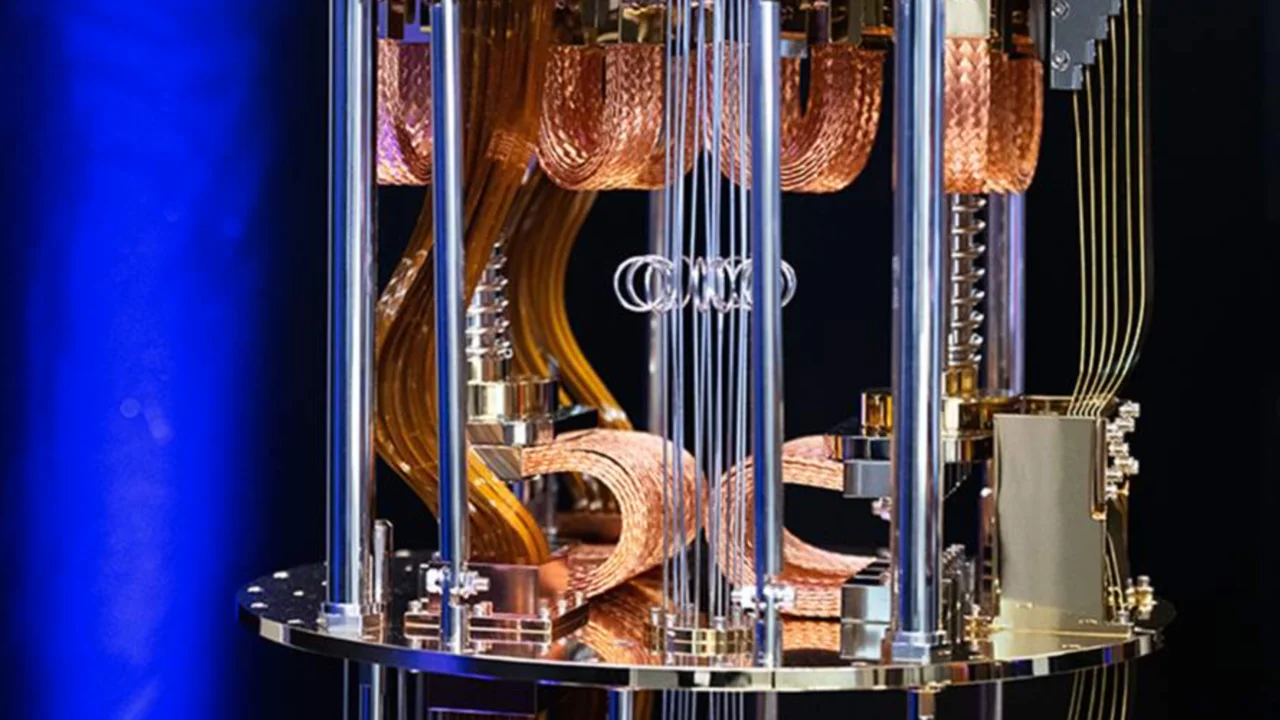Overview
Researchers demonstrated a scalable way to verify whether a large quantum device shows genuinely quantum behavior rather than faking it. They adapted Bell’s test to systems with dozens of qubits and reported statistically significant violations of classical bounds.
Key result
- Bell-inequality violations observed on systems up to ~73 qubits.
What “Quantum Lie Detector” Means
Bell’s test, proposed by John Bell, checks for nonclassical correlations that no classical model can reproduce. Passing such a test certifies the presence of entanglement and rules out classical mimicry under stated assumptions.
Why this matters
- Vendors can claim “quantum,” but Bell violations are an objective yardstick.
- Useful for auditing quantum computers and simulators.
How the Team Did It
The group reframed Bell verification as an energy-minimization task that present-day devices handle well, then mapped outcomes to Bell correlators. This reduced calibration overhead and made tests practical on larger chips.
Experimental platform
- Superconducting-qubit processors tested across many qubit counts.
- Correlators gathered over many runs to close key statistical loopholes.
Results at Scale
The experiments produced violations that grew above statistical noise as qubit numbers increased, giving high-confidence rejection of classical explanations across the tested sizes, including the 73-qubit regime.
Statistical confidence
- Reported p-values indicate robust nonclassicality across datasets.
Limitations and Assumptions
Bell tests rely on assumptions about measurement independence, detection efficiency, and device isolation. Some loopholes remain costly to close fully on large chips, so results are “device-independent” only within stated caveats.
Next steps
- Reduce crosstalk and noise to tighten loopholes.
- Extend protocols to other platforms (ions, atoms, photonics).
Implications
Independent certification of “quantumness” supports fair benchmarking, helps detect classical spoofing, and guides error-mitigation and calibration strategies for near-term processors.
Potential uses
- Procurement audits for quantum hardware.
- Validation of scientific claims in quantum simulation studies.
Who Is Behind the Work
An international collaboration including Leiden University and partners in Beijing and Hangzhou reported and contextualized the results; multiple outlets summarized the study for broader audiences.
Further reading
- ScienceDaily news brief.
- Phys.org explainer.
- SciTechDaily overview.
FAQ
What is Bell’s test in one line?
A statistical test that distinguishes quantum correlations from any classical local-hidden-variable model.
Does this prove a given chip is universally “quantum”?
It proves nonclassical correlations for the measured settings and scales; it does not certify all algorithms or noise models.
Why is 73 qubits notable?
It pushes Bell verification into sizes relevant for contemporary processors, beyond small-system demos.
Can classical systems ever fake the signal?
Not under Bell’s assumptions; if assumptions are violated, artifacts can appear. Careful experimental design mitigates this.
